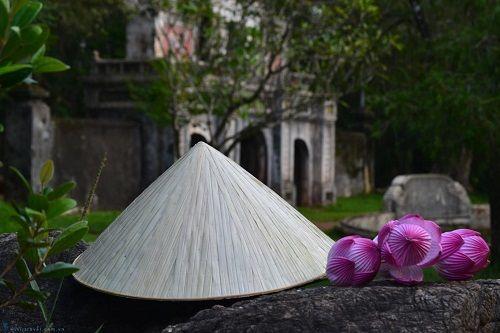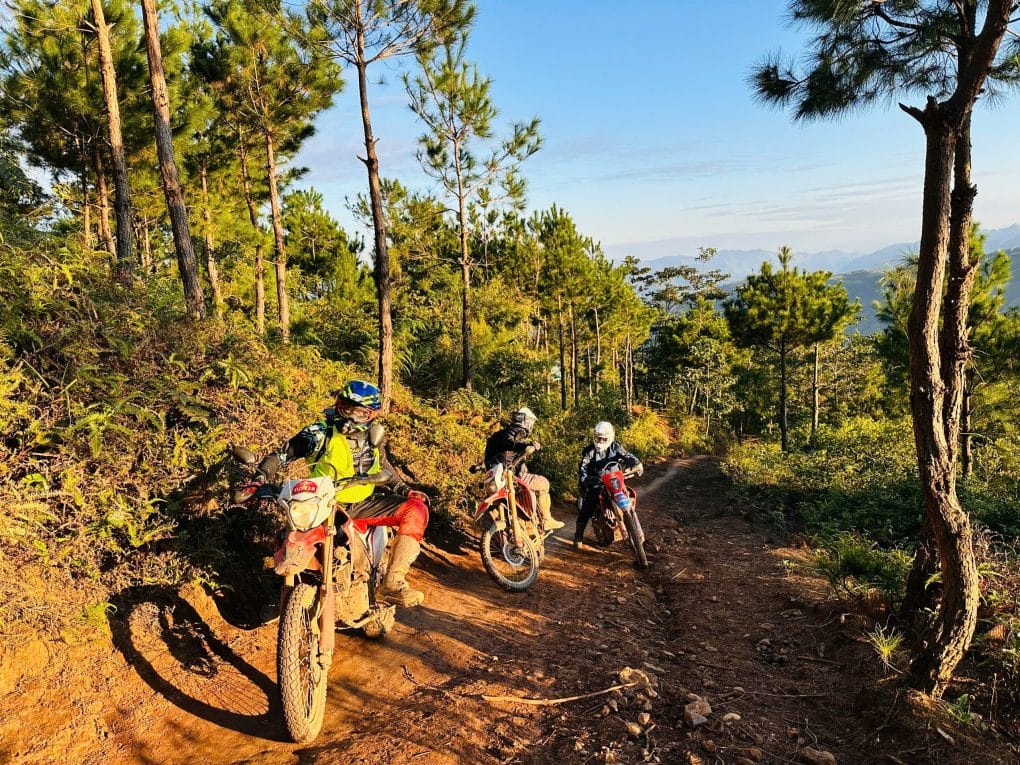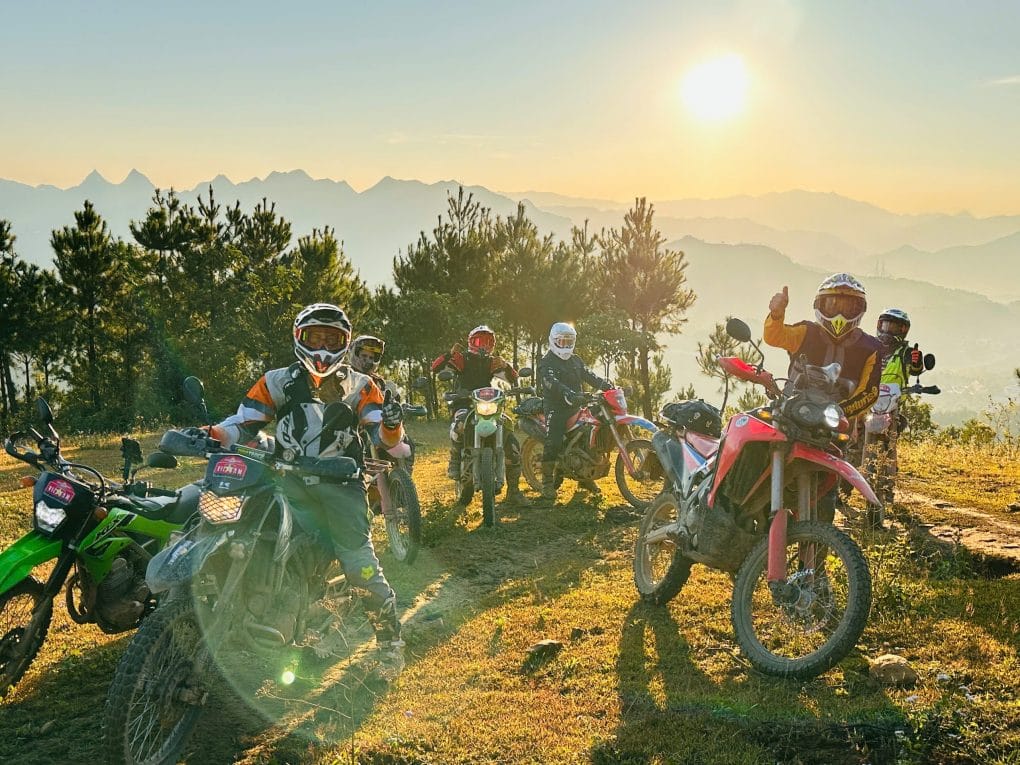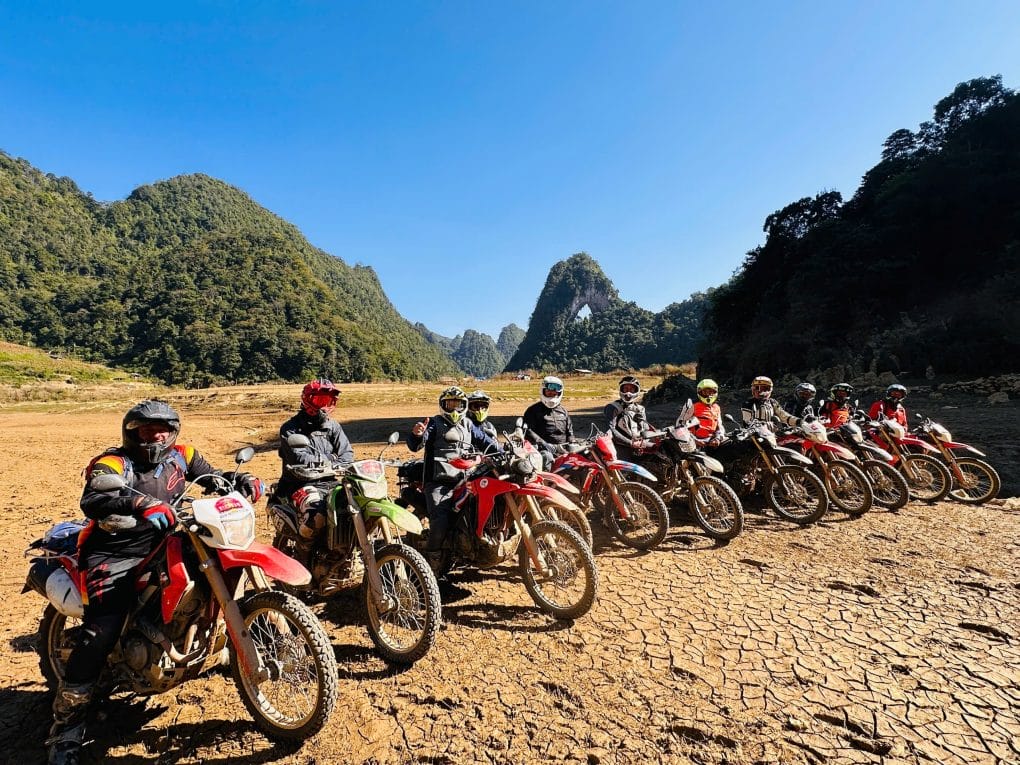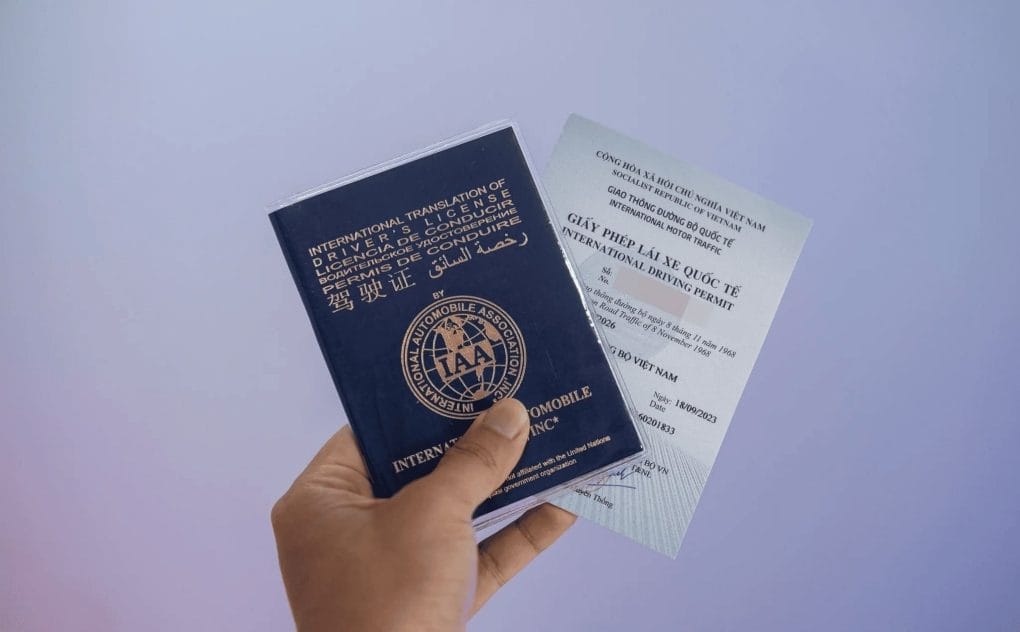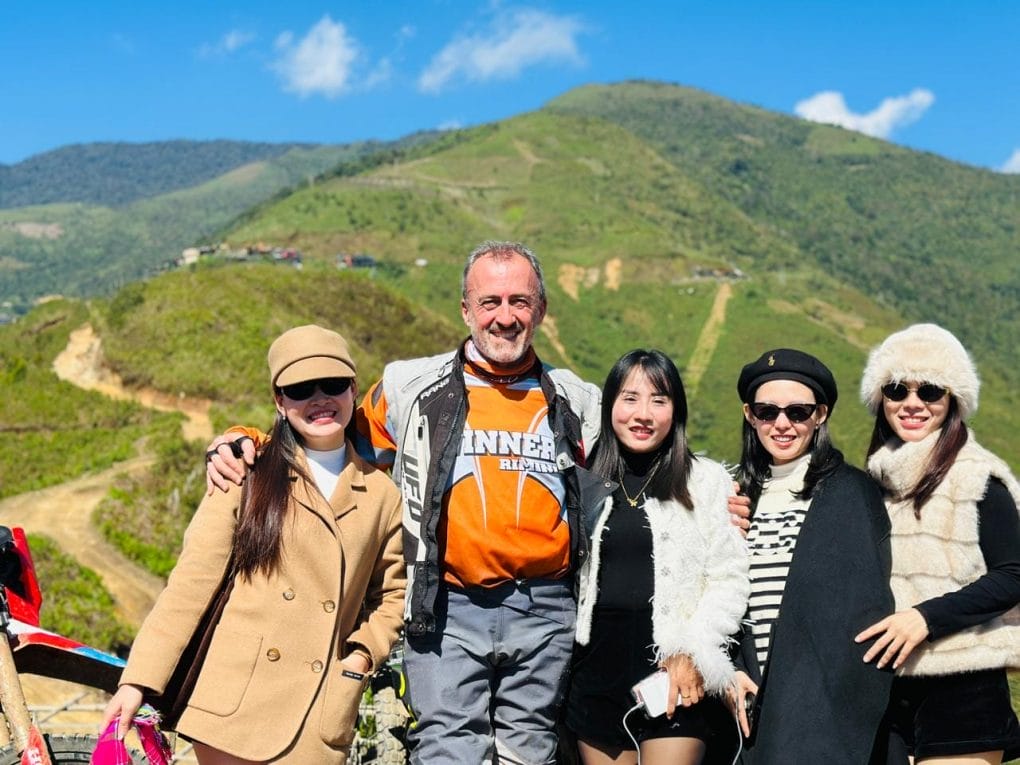Hochiminh Complex
Vietnam takes pride on the very first President – Ho Chi Minh (or Uncle Ho), the National Liberation Hero, who founded the Democratic Republic of Vietnam, expressed in the construction of Ho Chi Minh Complex in Hanoi.
President Ho Chi Minh was born in May, 19th 1890 in Nghe An province and passed away on September, 2nd 1969 in Hanoi, the capital of Vietnam. He was recognized by UNESCO as the one who “devoted his whole life to the national liberation of the Vietnamese people…â€Â. In honor of the President’s gratitude, the Government had the Hochiminh Complex established inside capital Hanoi after he was gone. Built in Ngoc Ha village, Ba Dinh district, Hanoi city, Hochiminh complex consists of Ho Chi Minh’s Mausoleum, Ba Dinh square, Presidential Palace, Uncle Ho’s House on stilt, One pillar pagoda and Ho Chi Minh Museum. Let’s now take a supposed tour to this special complex;
Ho Chi Minh’s Mausoleum
Ho Chi Minh’s Mausoleum. In his will, the President stated his wish to be cremated, and to have his ash buried on the hills of the North, the Center, and the South of Vietnam. Yet, in honor of his huge dedication for the country and for the love of all Vietnamese for him, the successor Communist Government decided to keep his body so that he can see the whole country’s reunion, and the following generations can come and visit him. Accordingly, on September 2nd, 1973, his mausoleum started to be built in Ba Dinh Square, where he read the Independence Declaration on September 2nd, 1945, and was completed on August 22nd, 1975, with the Soviet Union’s help.
The Mausoleum, which was made of marble and granite, features a three-stored structure. In the second store places the famous President’s body, lying as if he were sleeping in the simple clothes worn when he was alive. Outside, visitors can see his popular quote “Khong co gi quy hon doc lap tu do†(translated as “Nothing is more precious than independence and freedomâ€Â) on the top face of the mausoleum. In front of the mausoleum is the 79 cycad trees, symbolizing Uncle Ho’s 79 springs of life. The two bamboo ranges on the two sides whistle in the wind to commemorate the President!
Opening time: 5 days per week, except Monday and Friday
Cold seasons (from November to March): 8:00 a.m – 11:00 a.m
Hot seasons (from April to October): 7:30 a.m – 10:30 a.m
Closed once per year in October/ November/ or December for the body maintenance
Note: No camera, cell phone, bare-shoulder T-shirts, or mini skirts are allowed inside
Presidential Palace
Ba Dinh square. Ba Dinh square, where Ho Chi Minh’s Mausoleum lies, is a historical site where President Ho Chi Minh read the Independence Declaration of Vietnam on September 2nd, 1945. It was originally the western gate of the ancient Hanoi citadel. Under the French colony, the wall was destroyed to build a small flower garden named Pugininer, and renamed Ba Dinh Square in 1945 to commemorate the uprising against the French colonialists in Ba Dinh, Thanh Hoa province from 1886-1887. The square’s significant role also derives from its national largest size, containing up to 200,000 people, with 168 sq. meters of green and fresh grass. Not only is it meaningful to Hanoians but the whole nation’s people as well.
Presidential Palace.
Now walking a few steps, visitors will pass by the Presidential Palace, right next to the mausoleum. From 1901-1906, the palace was built by the French colonialists, as a palace of the General Indochina Governor. It has a special typical French structure and architecture. Since 1954, the Vietnamese Government took over this Palace to house the President. Yet, he refused, thus it has been used as the Presidential Palace for high-ranking level diplomatic meetings since then.
Uncle Ho’s House on Stilt
Ho Chi Minh’s Residence. Refusing to live in the Presidential palace, President Ho Chi Minh lived in a normal electrician’s house nearby. The Government had a simple and nature-oriented environment constructed for him to live and work. Walking around, visitors can feel his simple and pure lifestyle in an wooden tiled house on stilt (of the Ethnic minority group’s style), surrounded by a gardens full of fruit trees and a peaceful fishpond.
Coming inside, visitors can witness a site left in the genuine state of the President last days here. The house has two floors. The ground floor was the meeting place, consisting of 12 chairs around a large table. Upstairs, there is a bookshelf used as a wattle between his study room and bed room. The lowest level of the shelf is laid a small typewriter for him to type himself. His bed room is very simple with a single wooden bed, a small blanket, a rush mat, a fan made of palm leaves and a bottle of water. Visitors can see a cotton bonnet he used to wear when alive. Some books periodicals he was reading are left on the table. The beloved President lived here from 1958 until he passed away.


